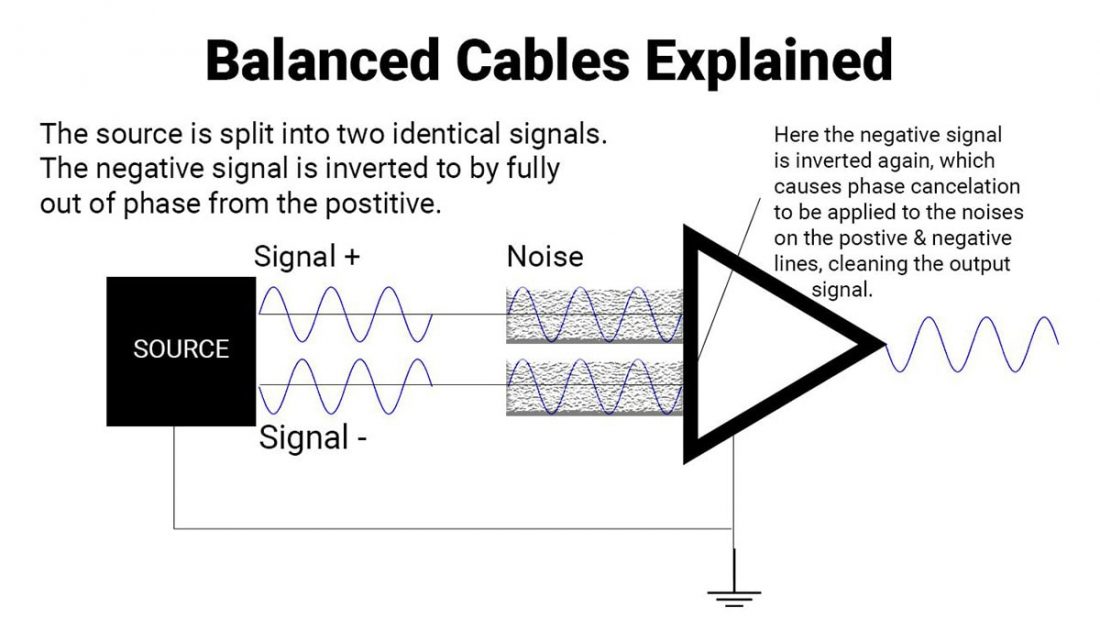John Phillips
pfm Member
This looks wrong or at least misleading.Yep that's exactly the purpose of balanced cables.

To ensure that noise coupled into the balanced cable from outside is equal on both wires, and so is cancelled by subtraction at the differential input, you need to ensure the impedance to ground on both legs is the same. And this noise cancellation works whether signal- is zero or the inverse of signal+.
There are some additional advantages from having signal- the inverse of signal+ but the basic noise cancellation from balanced impedance has the bigger effect.

